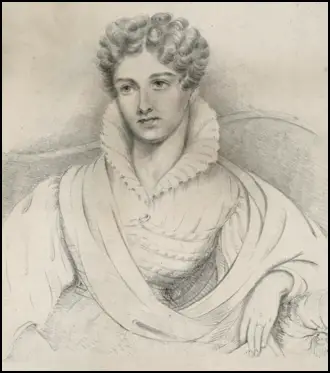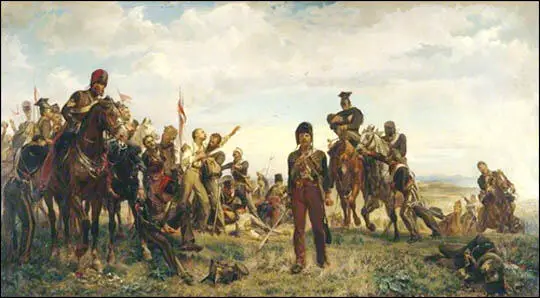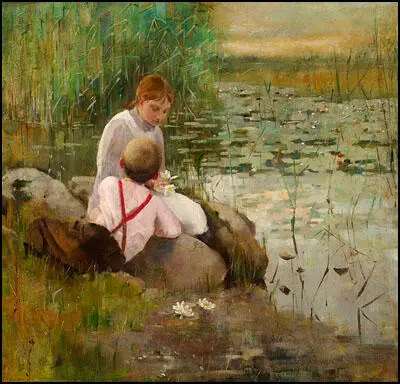Society of Female Artists
In 1855, together with a number of female artists and philanthropists, Harriet Grote established the Society of Female Artists (SFA). Other members included military artist, Elizabeth Thompson, writer, Barbara Bodichon, watercolour artist Elizabeth Murray; opera singer Jenny Lind, the novelist Harriet Jane Trelawny, sculptor, Mary Thornycroft, the artist Margaret Tekusch and natural history illustrator, Augusta Innes Withers. (1)
The main objective of the SFA was to help women artists get their work exhibited. Pam Hirsch has pointed out: "The sudden increase in the number of women's paintings exhibited meant that they were inevitably of a variable standard, and some male critics took the opportunity to lament the allegedly low ability of paintings. The SFA gained mixed support from women artists themselves; some who were already successfully exhibiting at the Royal Academy ignored it, and some sent their large historical works to the Royal Academy and smaller works to the SFA." (2)

The English Woman's Journal, published by the Langham Place Group, was supportive and wrote: "The Society of Female Artists (have helped artists) by offering a new industrial opening for women... that everything which in the present needs of society at large helps to rouse the energy, concentrate the ambition and support the social relations and professional status of working women, is a great step in advance." (3)
The art critic, William Michael Rossetti, was also sympathetic to the plight of women artists. He understood the strategy of women exhibiting by themselves, as otherwise "they would too likely be crowded out of other exhibitions, or so inconspicuously placed that the important fact of the effort that a certain number of women are making to establish in art would sink out of public observation." (4)

In February 1886 the Society of Female Artists held its thirty-first exhibition at a new venue, the Drawing Room Gallery at the Egyptian Hall. Bertha Newcombe exhibited several of her paintings. The London Echo commented: "The works exhibited number between five and six hundred, and form a display that is the highest degree creditable to the Society." (5)

Primary Sources
(1) English Woman's Journal (May, 1858)
The Society of Female Artists (have helped artists) by offering a new industrial opening for women... that everything which in the present needs of society at large helps to rouse the energy, concentrate the ambition and support the social relations and professional status of working women, is a great step in advance.
(2) Pam Hirsch, Barbara Leigh Smith Bodichon, Feminist, Artist and Rebel (1998)
In 1857 Barbara Leigh Smith Bodichone joined forces with Harriet Grote, and her friend, and her friend, Mrs Robinson Blaine, to found the Society of Female Artists (SFA) specifically to help women artists get their work exhibited. The sudden increase in the number of women's paintings exhibited meant that they were inevitably of a variable standard, and some male critics took the opportunity to lament the allegedly low ability of paintings.... The SFA gained mixed support from women artists themselves; some who were already successfully exhibiting at the Royal Academy ignored it, and some sent their large historical works to the Royal Academy and smaller works to the SFA.
(3) Elizabeth Crawford, The Women's Suffrage Movement: A Reference Guide 1866-1928 (2000)
Harriet Grote: Writer and radical liberal, married to George Grote, who was elected to parliament as a reformer in 1832 and was one of the founders of London University, of which he was treasurer in 1860 and president in 1868. Harriet Grote was a close friend of John Stuart Mill, Anna Jameson and Jenny Lind the singer, at whose house in Wimbledon Emma and Anne Shaen, sisters to William Shaen, solicitor to many women's causes, were staying when they signed the 1866 women's suffrage petition. With Jenny Lind, Harriet Grote was one of the founders of the Society of Female Artists.... A friend of the Langham Place group, Harriet Grote was a supporter of the Society for the Promotion of the Employment of Women, of which her niece, Sarah Lewin, was for a time secretary.

